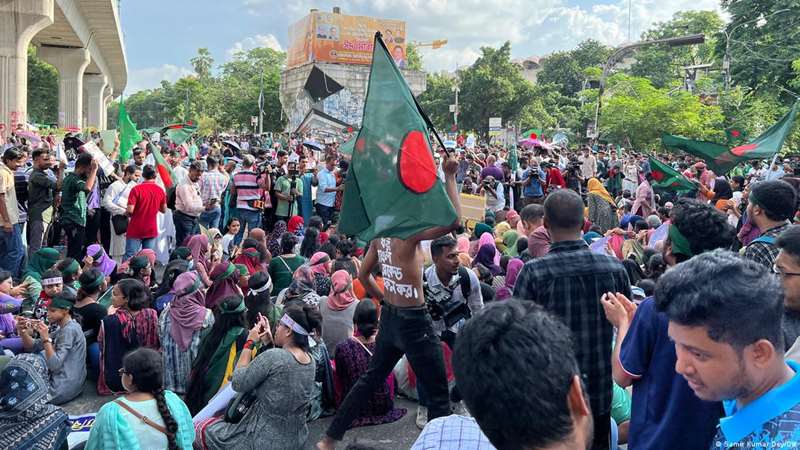Cyclone Rimal hit; Two people died

Cyclone Rimal's Impact and Aftermath
Cyclone Rimal, a severe tropical cyclone that formed in the Bay of Bengal, made landfall on the West Bengal coast of India and the southwestern coast of Bangladesh near Mongla on Sunday night. The cyclone brought destructive winds, heavy rainfall, and abnormal tidal waves, causing significant damage to infrastructure and leading to flooding in various coastal districts.
Meteorological Overview
According to Muhammad Abul Kalam Mallick, meteorologist at the Meteorological Department, Cyclone Rimal began crossing the coast at around 8 pm and was still active over the area by midnight. The cyclone's extent covered approximately 400 km, with the front entering the Sundarbans near the Khulna coast around 6 pm. Gale-force winds ranging from 90 to 120 km per hour and heavy rains accompanied its passage.
Immediate Impact
Casualties: Two deaths have been reported. Shaukat Moral, 65, from Shyamnagar, Satkhira, died while heading to a shelter, and Shariful Islam, 24, from Kalapara, Patuakhali, was swept away by a high tide.
Flooding: The storm caused tidal surges, leading to flooding in multiple regions. Barguna's Amtali Upazila experienced a breach in a flood control dam, resulting in severe flooding. Tidal waters overflowed riverbanks in Cox's Bazar, inundating at least 21 villages.
Power Outages: Strong winds uprooted trees, disrupting power lines in Bagerhat, leading to a complete halt in power supply by the Palli Vidyut Samiti.
Transport Disruptions: The Bangladesh Inland Water Transport Authority (BRTA) suspended operations on several waterways. Chittagong, Cox's Bazar, and Barisal airports were temporarily closed, and flights on these routes were canceled. The Bangabandhu Tunnel was also closed.
Flooded Areas and Damages
- Barguna: The flood control dam in Pasharbunia village was severely damaged, leading to widespread flooding. Water entered several localities in Kalapara Upazila of Patuakhali.
- Cox's Bazar: Numerous villages were submerged, causing residents to seek refuge in higher grounds and shelters. Over 300 dry mills were inundated.
- Barisal Nagar: Low-lying areas experienced significant flooding, confining residents to their homes and submerging critical roads.
- Noakhali and Nijhum Island: Floodwaters submerged villages due to lack of embankments, affecting fish farms and homes.
- Government and Community Response
Evacuation and Shelters: Approximately 800,000 people took refuge in 9,222 shelters. Educational institutions in the affected areas were converted into shelters, and classes were suspended.
Emergency Services: The Water Development Board initiated immediate repair of damaged dams. All government officials and employees were mobilized to respond to the crisis, with leave cancellations enforced.
Warnings and Alerts: The Meteorological Department issued the 10th emergency signal for Payra and Mongla seaports and distress signal number 9 for Cox's Bazar and Chittagong.
Forecast and Ongoing Challenges
The cyclone's effects were expected to cause heavy to very heavy rainfall in coastal and inland areas on Monday. The risk of landslides was also heightened in hilly regions such as Cox's Bazar, Bandarban, and Chittagong.
Cyclone Rimal has had a profound impact on the coastal regions of Bangladesh and West Bengal, resulting in casualties, extensive flooding, and significant disruptions to daily life. The concerted efforts of government agencies and local communities are crucial in managing the aftermath and mitigating further risks. Continued monitoring and swift restoration of damaged infrastructure remain priorities in the ongoing recovery efforts.









.jpg)
পাঠকের মন্তব্য